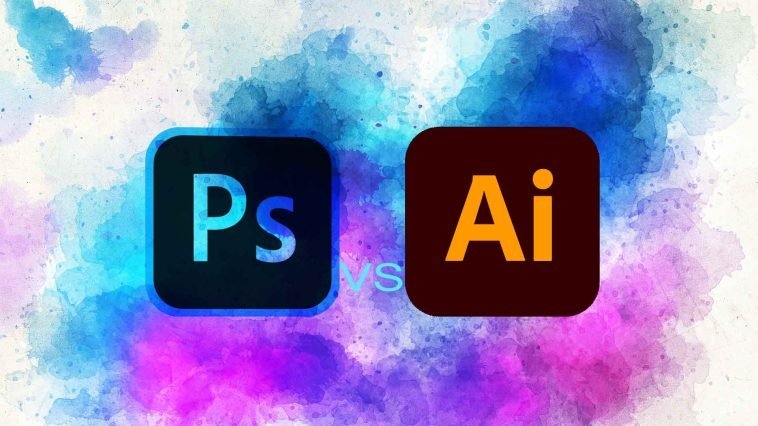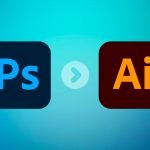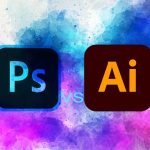Introduction.
Flyers are a versatile and powerful medium for promoting events, businesses, or special offers. Whether you’re organizing a concert, advertising a product, or hosting a community event, a well-designed flyer can capture attention, generate interest, and effectively convey your message.
Adobe Photoshop provides a comprehensive set of tools and features that allow you to unleash your creativity and create visually striking and professional flyers. In this guide, we will walk you through the step-by-step process of designing a flyer in Photoshop.
Designing a flyer involves careful consideration of layout, typography, imagery, and branding elements. We will start by discussing the importance of planning and conceptualizing your flyer design.
Understanding the purpose of the flyer, identifying the target audience, and defining the key message will guide your design choices and ensure that your flyer effectively communicates its intended purpose.
From setting up the canvas and selecting appropriate fonts to incorporate images or graphics, Photoshop offers a wide range of options for customization and personalization.
Throughout this guide, we will provide clear instructions, tips, and best practices to ensure a smooth workflow and achieve a professional-quality result.
By the end of this tutorial, you will have a solid understanding of how to design a flyer in Photoshop.
You’ll be equipped with the knowledge and techniques to create visually appealing and impactful flyers that effectively convey your message and captivate your audience.
So, let’s dive in and uncover the techniques that will elevate your design skills and enable you to create outstanding flyers with Adobe Photoshop.
How Do I Design a Flyer In Photoshop?
Whether you’re organizing a concert, launching a new business, or advertising a special offer, a well-designed flyer can capture attention and generate interest.
With Adobe Photoshop, you have a versatile and powerful tool at your disposal to create visually appealing and professional flyers.
In this article, we will guide you through the step-by-step process of designing a flyer in Photoshop.
1. Plan Your Flyer Design.
Before diving into Photoshop, take the time to plan and conceptualize your flyer design. Consider the purpose of the flyer, your target audience, and the key message you want to convey.
Determine the essential information to include, such as event details, contact information, or special offers. Sketch out a rough layout to visualize the arrangement of these elements and define the overall style and aesthetics that align with your brand or event.
2. Set Up Your Canvas.
Launch Adobe Photoshop and create a new document by going to the “File” menu and selecting “New.” Specify the dimensions for your flyer, such as the standard paper size or a custom size that suits your needs.
Set the resolution to 300 pixels per inch (PPI) for high-quality print output or adjust it accordingly if you plan to use the flyer digitally.
3. Design the Layout.
Start by designing the layout of your flyer. Consider the visual hierarchy and arrangement of elements.
Place the headline or key message in a prominent position to grab attention. Use grids, rulers, and guides to align and balance the various elements of your design.
Experiment with different layouts, such as a centred composition, a grid-based structure, or asymmetrical arrangements, to create visual interest and capture attention.
4. Select Fonts and Typography.
Choose fonts and typography styles that align with your brand or event and ensure readability. Select a font for your headline or key message that stands out and catches the eye.
Use different font weights, sizes, and styles to create hierarchy and emphasis. Maintain consistency in font choices throughout the flyer to create a cohesive and professional look.
5. Incorporate Images and Graphics.
Utilize high-quality images, graphics, or illustrations to enhance the visual appeal of your flyer. Select visuals that are relevant to your event or align with your brand identity.
Photoshop provides tools to resize, crop, and adjust images to fit your design. Experiment with blending modes, opacity, or layer masks to integrate images seamlessly into your flyer design.
Consider using graphics or icons to add visual interest and reinforce your message.
6. Apply Color and Styling.
Colour plays a crucial role in creating an eye-catching flyer. Choose a colour scheme that aligns with your brand or event and evokes the desired mood or emotions.
Use contrasting colours to create visual impact and draw attention to key elements. Experiment with gradients, shadows, or textures to add depth and visual interest to your design.
Maintain consistency in colour choices and styling throughout the flyer to create a cohesive and professional look.
7. Fine-Tune and Refine.
Take the time to fine-tune your flyer design. Pay attention to details, check for spelling or grammatical errors, and ensure that the layout is visually balanced.
Seek feedback from others or take a break and revisit your design with fresh eyes to make necessary refinements.
Make use of layer masks, adjustment layers, or smart objects to make non-destructive edits and easily experiment with different variations.
8. Prepare for Printing or Digital Sharing.
Once you are satisfied with your flyer design, it’s time to prepare it for printing or digital sharing.
If you plan to print the flyers, make sure to set the colour mode to CMYK and use the appropriate bleed settings to avoid any white edges.
Save your design as a high-resolution PDF or TIFF file to maintain the quality of the artwork. If you plan to share the flyer digitally, save it as a JPEG or PNG file and optimize it for web or email use.
Conclusion.
With Adobe Photoshop, designing a visually appealing and impactful flyer becomes an exciting and creative process.
By following the step-by-step instructions in this article, you’ll be equipped with the knowledge and techniques to create outstanding flyers that effectively convey your message and captivate your audience.
Remember to plan your design, set up the canvas, design the layout, select fonts and typography, incorporate images and graphics, apply colour and styling, fine-tune your design, and prepare for printing or digital sharing.
With practice and experimentation, you’ll master the art of designing flyers in Photoshop and create compelling promotional materials for your events, products, or






GIPHY App Key not set. Please check settings